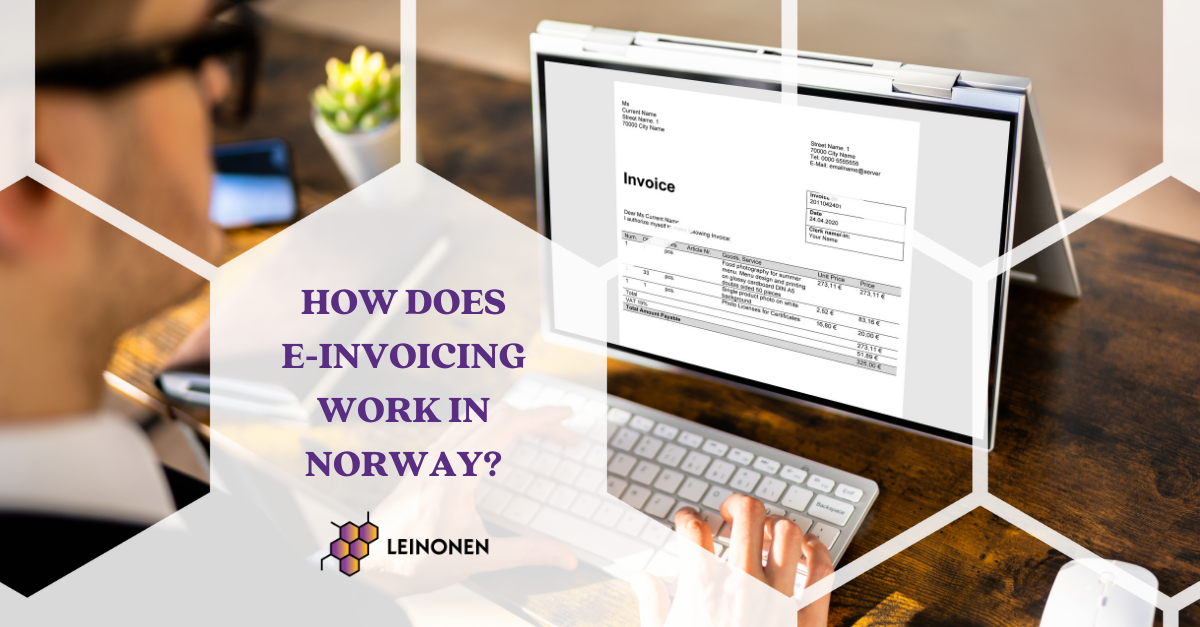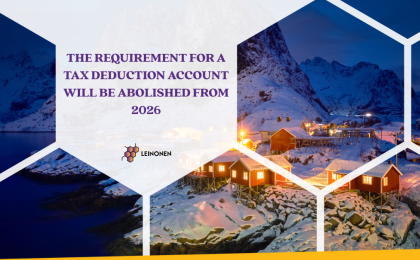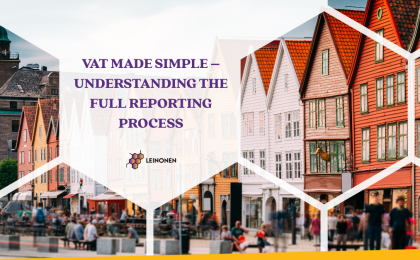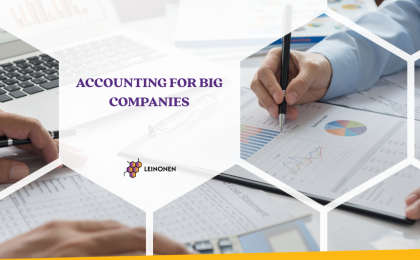With the digital transformation of invoicing, e-invoicing is a smart choice if you seek to optimize your financial operations and stay competitive in the modern business landscape. Whether you already use e-invoicing or consider making the switch, here’s our introductory guide to everything that you need to know about e-invoicing in Norway, where it is widely used across both B2B and B2G transactions.
What is electronic invoicing?
Electronic invoices, also known as EDI invoices, e-invoices, and e-bills, are playing an increasingly important role in business transactions and accounting. Traditional paperwork doesn’t need to be done in this case.
Electronic invoicing allows an invoice to be sent, received, and automatically processed and that does not mean simply sending it by email but sending from one accounting program to another one. In contrast to paper or PDF invoices, the e-invoice doesn’t require any manual input from users and instead enables a fully automated approach.
E-invoicing in Norway
In Norway, the process is called “to send invoice as EHF” (Elektronisk Handelsformat Faktura).
All state organizations and municipalities in Norway are required to accept e-invoicing. Some municipalities have already switched to only using EHF and no longer accept paper invoices. If you want to sell your services to public sector in Norway, you must be able to send EHF.
Benefits of e-invoicing
Manual invoice processing is time-consuming for both suppliers and customers, who must spend a considerable amount of time manually checking every invoice against the associated purchase orders and goods receipts. E-invoicing eliminates the need to manually enter information and allows to automate invoicing processes, reduce costs, and improve efficiency.
Humans make mistakes, so data-entry errors are almost inevitable when manually creating invoices. E-invoicing allows to work quicker and make less mistakes. Reduced manual effort and greater accuracy translate into lower costs. Plus, e-invoicing also reduces environmental impact.
Compared to paper versions, e-invoice is more secure as it is digitally signed and can be verified. You also don’t need to worry about errors like getting the email or post address wrong.
E- invoices are securely transmitted between the sender’s and receiver’s accounting systems, reducing the risk of data loss or interception. E-invoicing platforms utilize encryption and other security measures to protect sensitive information.
How e-invoicing changes the accounting processes and financial management
The switch simply means that accountants don’t need to receive paper or pdf invoices from the clients. Invoices move directly to the accounting software, where AI can give suggestions for bookkeeping or even automatically book them.
It requires a good set-up in the beginning and a modern accounting software. With a modern accounting software such as Tripletex, Conta or Fiken you have no need for any additional software.
There are no industry-specific needs. But regular Norwegian requirements to the invoicing are still relevant such as having invoice number, due date, account number for payment, etc.
Accountants still need to control bookkeeping, but it saves a lot of time and makes it easier to have an overview of received invoices instead of having hundreds of paper invoices on the desk.
Four easy steps to move from paper-invoicing to e-invoicing in Norway
To shift from a paper-based system to e-invoicing, your business will simply require a digital platform that communicates seamlessly and integrates effectively with your existing operations.
Step 1
You need a modern accounting software such as Tripletex, Conta or Fiken.
Step 2
You need to register your company in the ELMA-register that allows you to receive electronic invoices from suppliers. That is free of charge. If you simply want to receive EHF straight to the accounting software, it is ready to use. But it is important to tell all your regular suppliers that you want to receive an EHF-invoice.
Step 3
If you want, you can set up automatic bookkeeping as well. To implement this process, you need to check if the suppliers send EHF with all the needed information on the invoice. It can for instance be necessary to have project number on the invoice, so that the system will understand the project or budget line it belongs to.
Step 4
Although modern accounting programs are pretty good to analyze invoices and can give you correct suggestions or even book them for you, accounting expertise is still needed to control it.
Leinonen Norway can help you move from paper invoicing to e-invoicing
We can help you with all the steps! We use a modern software Tripletex, so step 1 is already done. Afterwards we help you with registration in the ELMA-register. The next step is informing your suppliers. We usually send out an email to client’s regular suppliers to inform that incoming invoices can be received by EHF. Soon enough we should receive all invoices straight to the accounting software and take care of them there. That’s it! You then no longer need paper invoices.
We already do that for many of our clients.
Sales invoices can also be sent by EHF if the client’s customer uses EHF. And in that case, we can also help with informing the customers about the possibility.
In conclusion, e-invoicing helps to streamline your financial operations, enhance invoice accuracy, and contribute to environmental sustainability.
For more information on how we can help you get started with e-invoicing in Norway and for advice on what practical steps you can take towards automation please contact us today.
We are happy to advise you!





